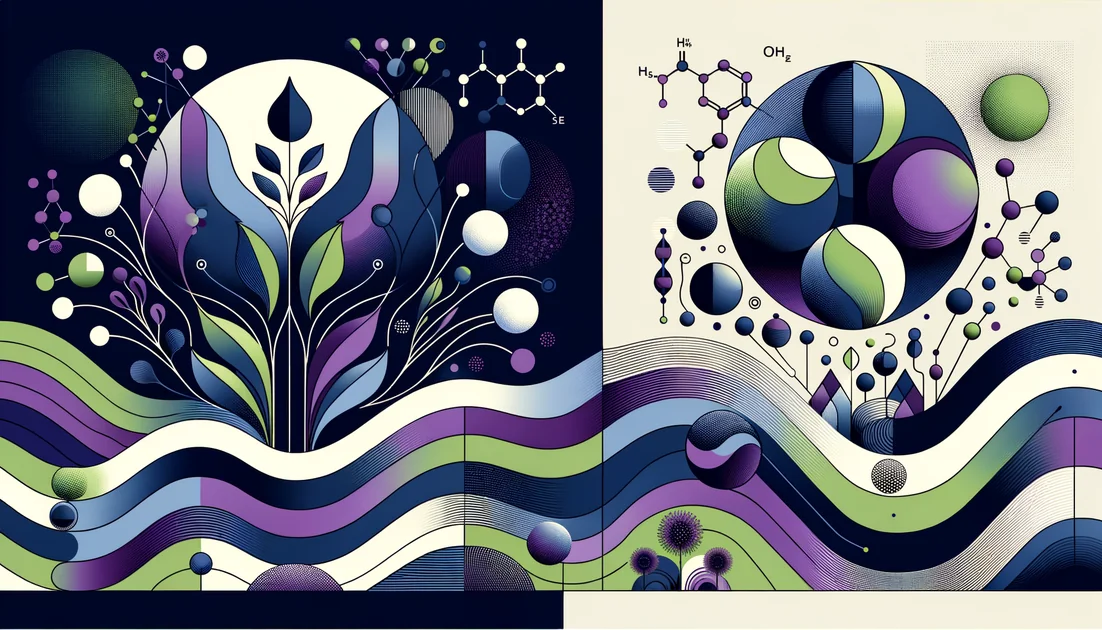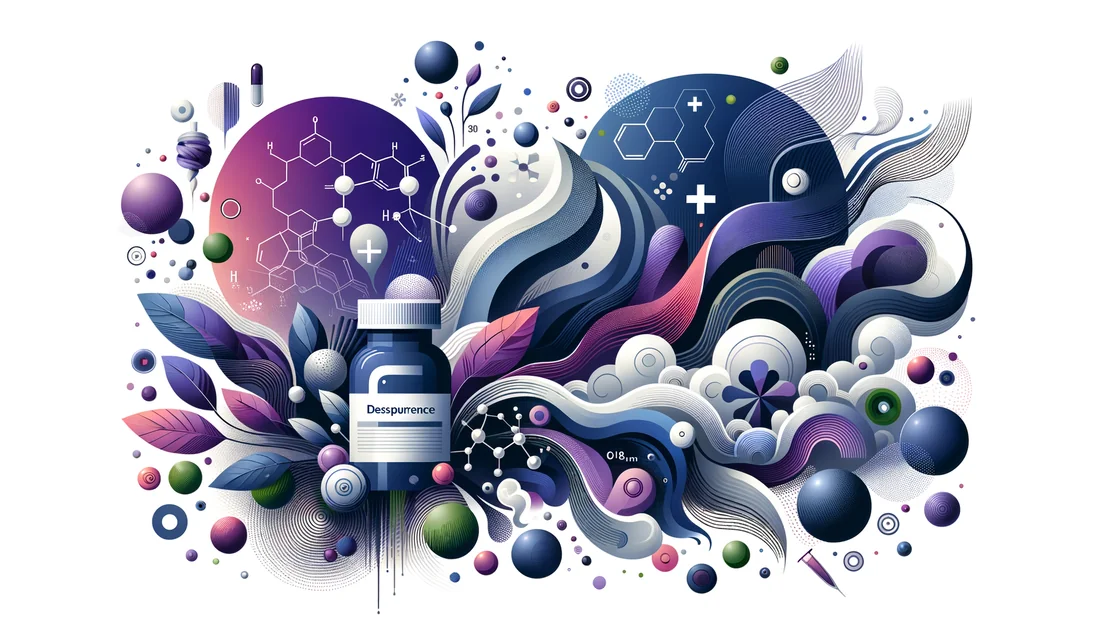
Theobromine vs TeaCrine (theacrine) for long-lasting low-stimulation energy
For smooth, long-lasting, low-stimulation energy, choose TeaCrine 100–200 mg in the morning; it shows sustained subjective energy without HR/BP spikes. Pick theobromine only if you want the mildest CNS effect and lowest "buzz," but expect little measurable energizing benefit. [1][2][7]
TeaCrine is the more evidence-backed choice for sustained, jitter-light energy: it improves subjective energy/fatigue in randomized crossover testing, has a long half-life with minimal hemodynamic impact, and shows no short-term tolerance. Theobromine is gentler but underwhelming for alertness in human trials and can raise HR or reduce calmness at higher doses; use it when you want minimal CNS activation and can accept modest or negligible energizing effects. Time TeaCrine early to avoid sleep disruption. [1][2][3][7][9]
The Comparison
Dosage: 100–400 mg/day (supplemental); much higher from dark cocoa
Benefits
- •Very mild CNS stimulation
- •Vasodilation/bronchodilation; may feel "smooth"
- •Longer half-life than caffeine but weaker CNS effects
Drawbacks
- •Human trials show little to no improvement in alertness or vigor at typical doses; high doses can worsen calmness and raise heart rate
- •Effects on blood pressure are mixed and context-dependent
- •Generic ingredient with variable quality control
Safety:Half-life ~6–10 h in humans; high doses can cause nausea, insomnia, tremor, palpitations; extremely toxic to pets. [8][11]
BTeaCrine (theacrine)
by Compound Solutions' TeaCrine
Standardization: >98% theacrine (branded, validated assay); also available as 40% granulate for flavor-masked powders
Dosage: 100–200 mg once daily; some studies used 200–300 mg
Benefits
- •Human crossover trials show increased energy and reduced fatigue without raising HR/BP
- •Very long half-life (~16–26 h) and ~1.8 h Tmax → smooth, sustained effect
- •8-week data suggest no tolerance build-up at ≤300 mg/day
Drawbacks
- •Patented, pricier per dose than generics
- •Can extend wakefulness if taken late due to long half-life
- •Most efficacy data are on subjective energy, often industry-funded
Safety:No significant changes in hemodynamics or safety labs over 8 weeks at 200–300 mg/day; avoid late dosing to protect sleep. [1][2][3][6]
Head-to-Head Analysis
Efficacy for long-lasting low-stimulation energy Critical
Winner:TeaCrine (theacrine)• Importance: high
Onset and duration Critical
Winner:TeaCrine (theacrine)• Importance: high
Side effects/tolerability at effective doses Critical
Winner:TeaCrine (theacrine)• Importance: high
Standardization and quality control
Winner:TeaCrine (theacrine)• Importance: medium
Bioavailability/formulation flexibility
Winner:TeaCrine (theacrine)• Importance: medium
Cost/value per effective dose
Winner:Theobromine• Importance: medium
Theobromine is inexpensive per gram; TeaCrine is patented and pricier per effective 100–200 mg dose. (Market observation; efficacy still favors TeaCrine.) [13]
Stacking compatibility for "low-stim" users
Winner:TeaCrine (theacrine)• Importance: medium
TeaCrine can be used with low caffeine or alone; caffeine increases theacrine exposure without raising HR/BP in the tested range, allowing flexible low-stim stacks. [2]
Common Questions
What dose should I start with?
TeaCrine: 100 mg in the morning, titrate to 200 mg if needed. Theobromine: 100–200 mg if you want very mild effects. [1][2][8]
Will either disturb my sleep?
TeaCrine's long half-life can; avoid after late morning. Theobromine is shorter but still may affect sleep at higher doses. [2][8][11]
Is TeaCrine safer than caffeine?
In studied doses, TeaCrine did not raise HR/BP and showed no tolerance over 8 weeks; direct long-term head-to-head data with caffeine are limited. [2][3]
Can I stack TeaCrine with a little caffeine?
Yes; caffeine increases theacrine exposure without altering its half-life or HR/BP in the tested range—use small caffeine doses to stay "low-stim." [2]
Which Should You Choose?
Workday focus with minimal jitters (single morning dose)
Choose:TeaCrine (theacrine)
Very caffeine-sensitive individual seeking the mildest stimulation
Choose:Theobromine
Stacking with small caffeine for smoother curve
Choose:TeaCrine (theacrine)
Caffeine increases theacrine exposure without altering its half-life or raising hemodynamics at studied doses, enabling lower total caffeine with maintained alertness. [2]
Evening productivity without sleep compromise
Choose:Theobromine
You might also like
Explore more of our evidence-led investigations, comparisons, and guides across every article style.

SuperSmart (Supersmart.com / SuperSmart USA)
SuperSmart's transparency paradox: COAs for nearly everything—yet many don't prove what's in the bottle



Slippery Elm (Ulmus rubra)
In three Midwestern clinics, patients with raw, burning throats were handed steaming cups of a simple herbal tea. Within minutes, many said the pain eased. The recipe? A demulcent blend starring the inner bark of a North American tree whose gift is texture—a silky gel that acts like a temporary blanket for irritated tissue. Slippery elm's story begins at Indigenous campfires and winds up in randomized trials and, oddly, in the mouths of old-school baseball pitchers.

Protected Brain Fuel: Prevent The Damage
Protective + dual-pathway combo with promising but not definitive synergy; best for lowering inflammation/oxidative stress markers, not proven to outperform omega-3 alone on hard outcomes.

Tocotrienols
The stealthier cousins of vitamin E—built with springy tails that move differently in cell membranes and behave differently in your body.


